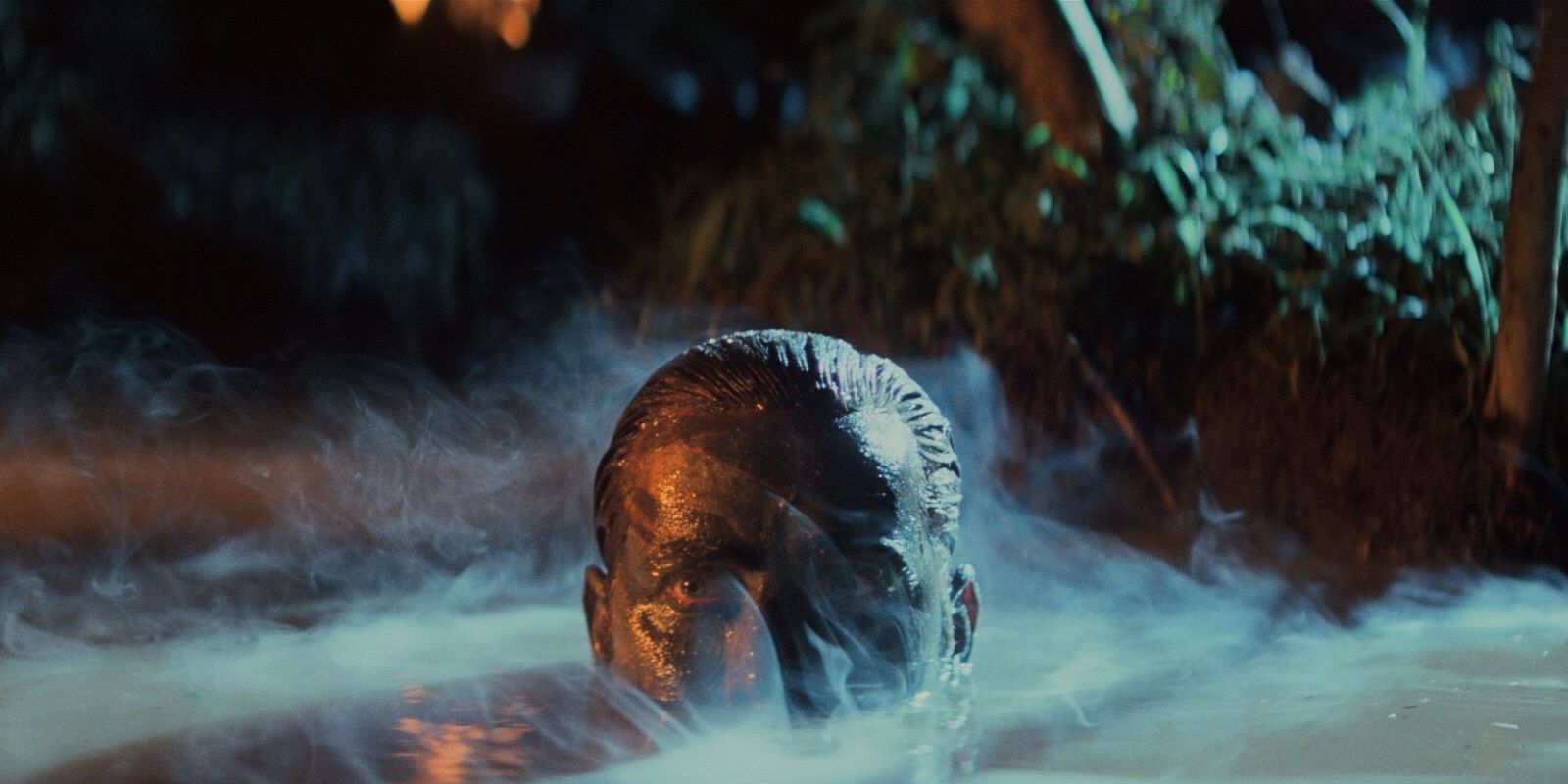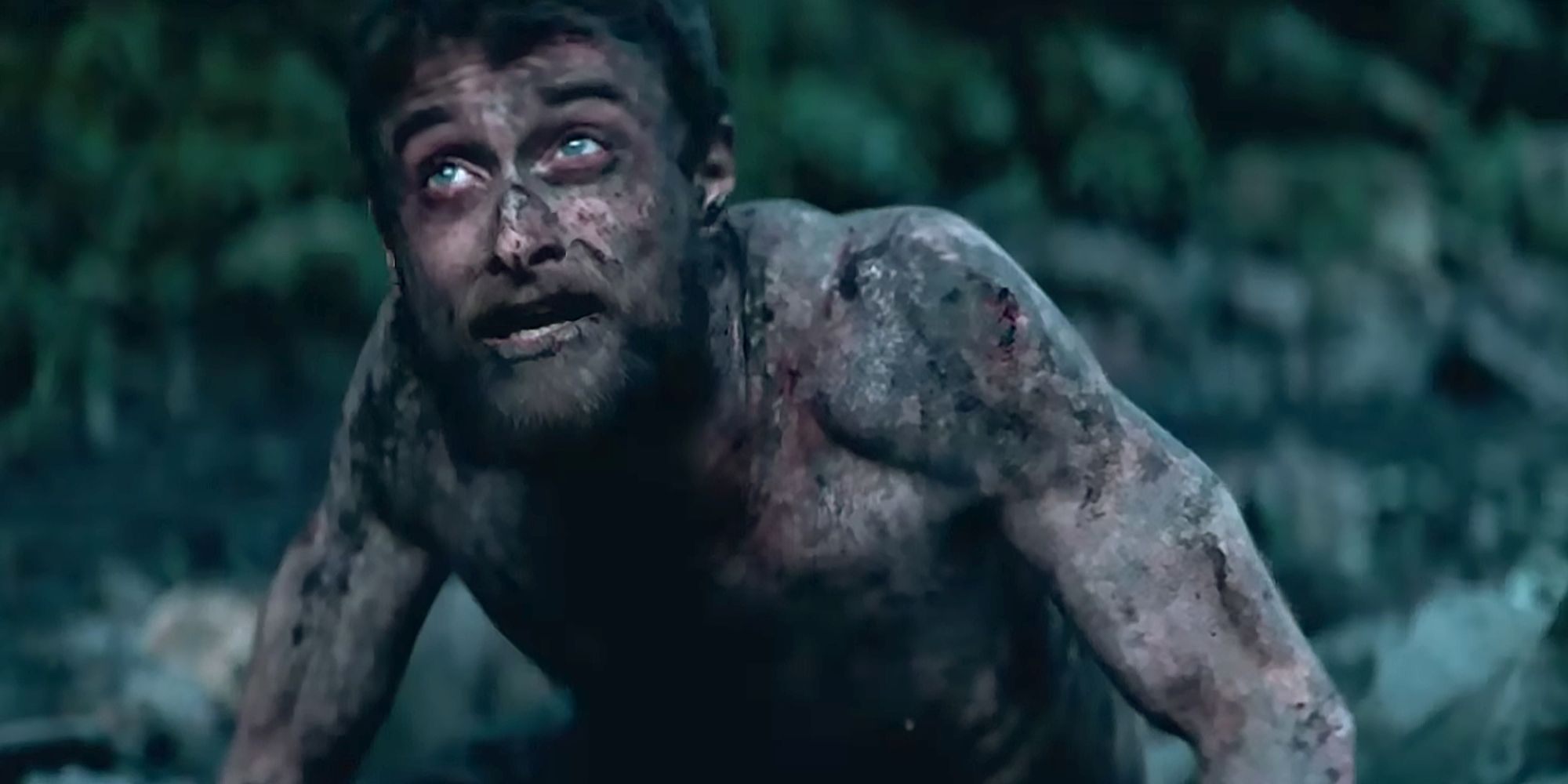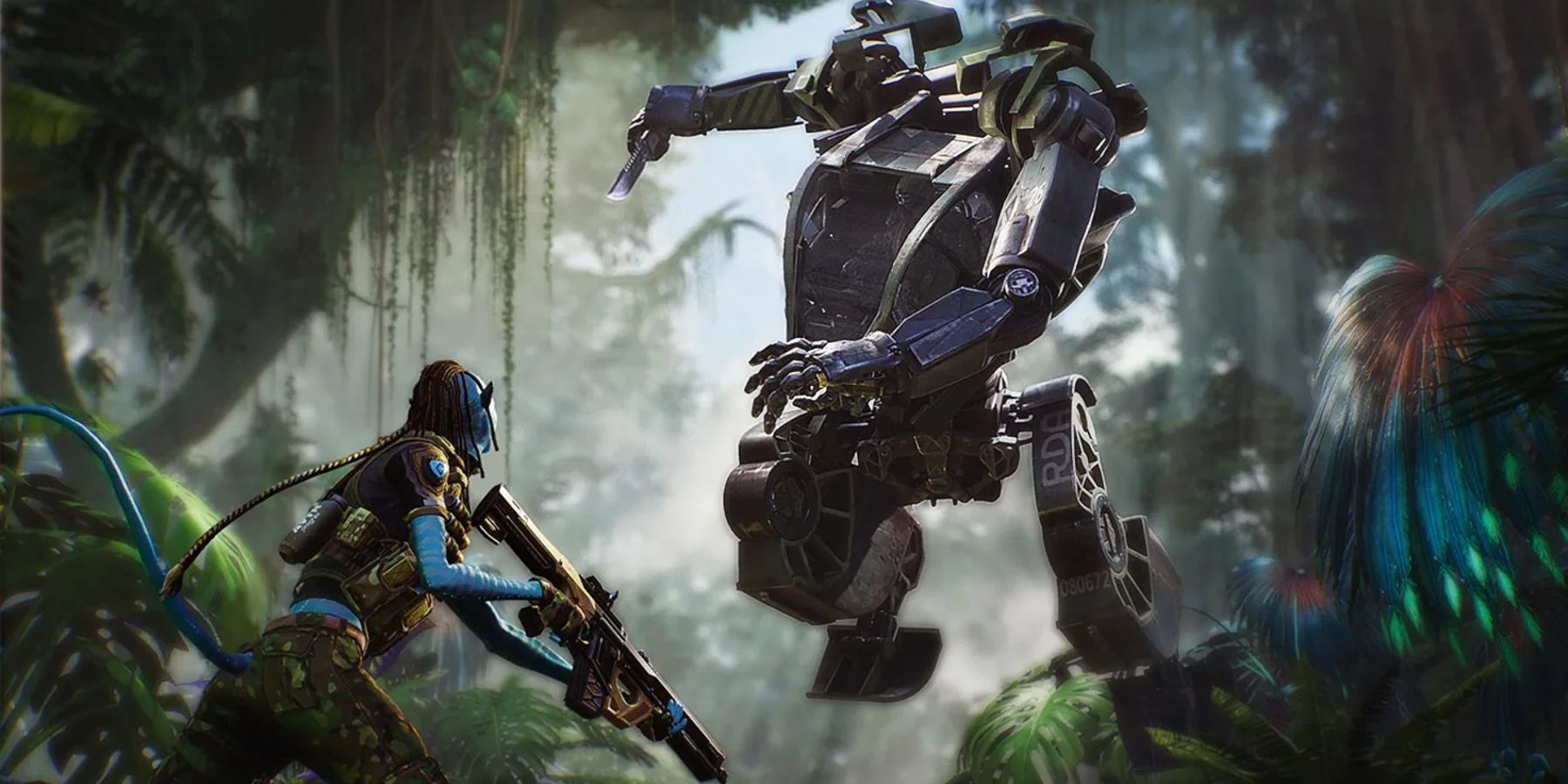A scary story is dominated by its setting perhaps more than any other type of narrative. The depths of space, the bottom of the ocean, the massive metropolis, or the simple suburban home all have their unique horror ecosystem. One of the most hostile and entertaining horror environments involves the deep foliage and hostile wildlife of the tropical jungle.
When a story starts with a plane crash or a shipwreck on a deserted island, most audience members know the kind of human vs. nature narrative they're in for. Battling the forces of the untamed wild is a time-honored storytelling tradition that still holds strong today.
Unlike a horror story that takes place in the unforgiving cold of the Arctic or the punishing heat of the desert, the scariest part of the jungle is often the hostile wildlife. The Hungry Jungle imagines the deep rainforest as a horror movie monster. Within these stories, every element of the jungle seems to work together to destroy the victims' bodies and their minds. Animals seem to coordinate their strikes, the conditions counter humanity's efforts to conquer them, and keeping anything functioning is an impossible struggle. It's not just wild predators and toxic plants, every aspect seems to breed infectious disease, leading to the victim's body becoming part of the assault. If there are any humans present aside from the protagonists, they're either the Tarzan-esque savior who has become attuned to the environment or bloodthirsty cannibals to add to the struggle. This unique type of horror story has a power to it that can't be matched elsewhere.
There's usually nothing explicitly supernatural about the jungle in a Hungry Jungle story. The jungle works together as a sort of narrative convention to increase tension. Natural nightmares stack on top of each other without a moment of rest and anything good comes only to set up the victims for the next horrific event. Where a slasher or a monster movie might feature one creature that drives the horror, the Hungry Jungle hits the victims with one thing after another until it blends into a single threat. One of the unique aspects of the Hungry Jungle is the way it affects its victims psychologically. It's not just that the conditions are unpleasant and often dangerous, the sheer hopelessness of the scenario wreaks havoc upon the psyche of the survivors.
Heart of Darkness and its beloved film adaptation Apocalypse Now both use the jungle as a force multiplier that makes the horrific events more deadly. The novel takes place in the era's favorite deeply unpleasant setting of "Darkest Africa", but the film moves the action to Vietnam. Though the jungle doesn't claim the lives of Captain Willard or his peers, it strips them of their humanity as they hunt down Colonel Kurtz. As they travel up the river, their mental state is ruined by the environment, even though the jungle is the least of their worries physically. The film features a brief scene of the men being stalked by a tiger, but not a single life is claimed in this exchange. The jungle is only a setting for the otherwise horrific events, but it's a key to the horror as the film goes on.
Fictional jungles can play into this trope with even more severity. The King Kong franchise has often brought its heroes to Skull Island to deal with its unique nightmares. The giant ape of the title is rarely the most terrifying inhabitant of Skull Island. Prehistoric predators, giant insects, deadly flora, and all manner of threats work in concert to destroy anyone who happens to make landfall on its shores. More recent takes on the Kong story have added friendly natives and giant herbivores to the island, easing the trope a bit. Interestingly, James Cameron's Avatar uses a version of this trope that actually portrays it positively. The nature of Pandora is all connected by its connection to a sort-of localized deity. When humanity wages open war against the Na'vi, every living thing in the planet's all-consuming jungle works together to destroy them. This provides an action-packed example of the trope from the other perspective and provides the rare chance to root for the Hungry Jungle.
The Hungry Jungle is a brilliant trope that breathes new life into an otherwise simple narrative convention. By turning one of the most common conflict types into something more akin to cosmic horror, the Hungry Jungle is perhaps the best way to communicate a jungle horror story. Whether it's the fantastical jungle of another world or a very true story, the Hungry Jungle can show the hidden hostility of one of the most beautiful environments on Earth. When a shipwreck or a plane crash leaves people alone in the hostile wilderness, it's not always the end of the world, but the Hungry Jungle ensures that no one can escape.



